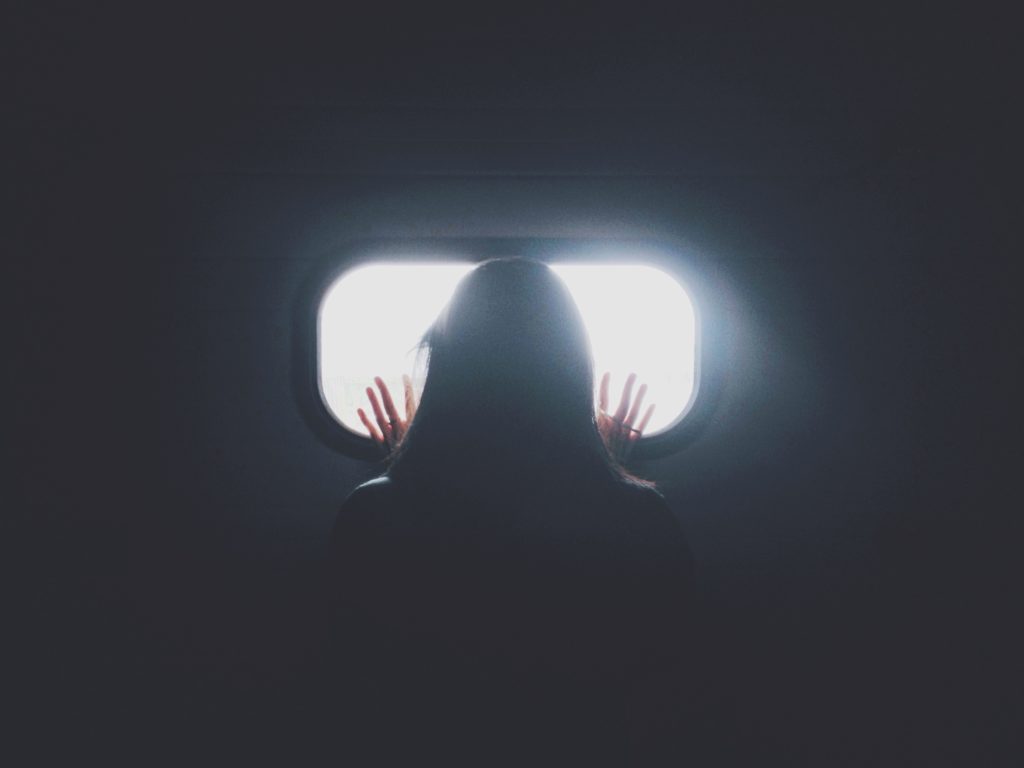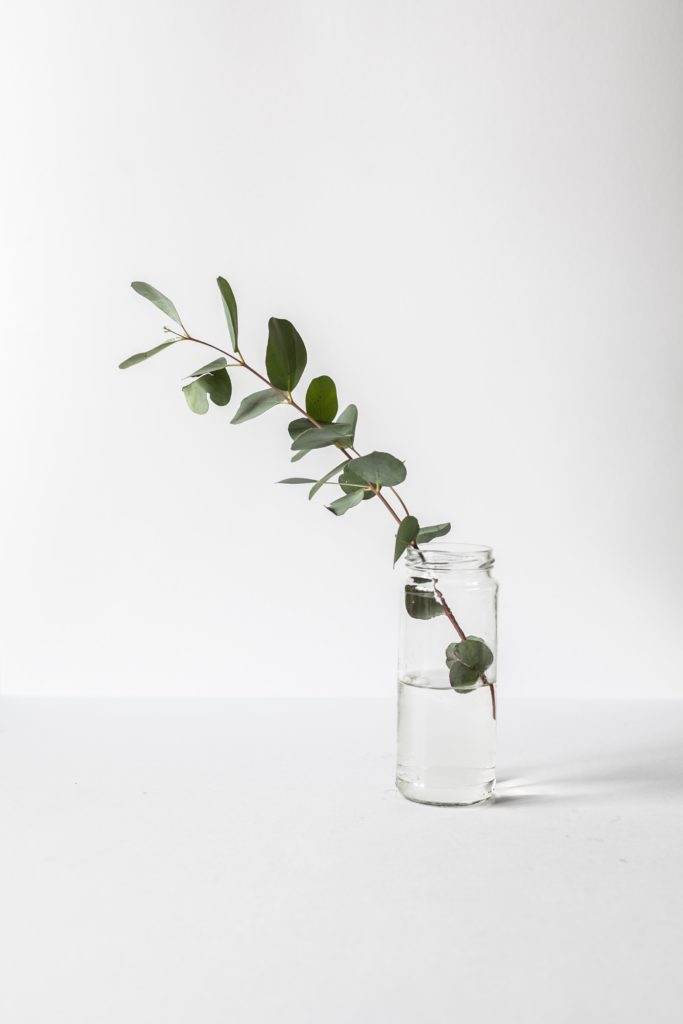When we first meet, many of my clients tell me that they feel oversaturated and burnt out. Because they’re standard high achievers with a strong appetite for growth, they hit a plateau somewhere along the line. Despite taking things off their plate, they eventually find themselves back in the same pattern: overcommitted and undernourished. They’re paralyzed by too many choices, overwhelmed by social issues, and even resentful of their calendar. So they come to me craving less noise, more space — more minimalism.
Minimalism as a concept can be incredibly enticing to people in this state. In a culture saturated by digital distractions and material marketing, the idea of adopting a “less is more” lifestyle nods to the part of us that isn’t designed to process or thrive in so much noise. So, why do we still put things in our lives when we don’t have space to digest what’s already there?
Survival Instincts: There’s Safety in the Clutter
Here’s the kink. There are survival benefits to living a cluttered life.
In your brain, there’s a primitive section in the back that I’ll call the “survival brain” for simplicity’s sake. It’s wired to adapt to what it’s used to and lean towards predictability, even if that isn’t in your best interest. Predictability feels safe to your survival brain, or at least, safer than changing your patterns and stepping into the unknown. If feeling over-saturated and cluttered has been on the menu for most of your life, your survival brain would want to keep it like that, simply for predictability’s sake.
But turning down the external clutter has another chain reaction; you now have room to hear the inner clutter. For many, that’s the very reason they got busy in the first place, to distract from the hamster wheel of chaos.

If busyness and consumption are your primary ways to numb inner tension — then creating space would be to leap into the wild west of what you’ve been so craftily avoiding.
Think, “I’m in a glass case of emotion.”
Most people don’t like feeling lost without a paddle in the inner realms, so they click back over to their Amazon carts or their Youtube rabbit holes and save the emotional gymnastics for next year — or never. Again, all of this is done in an effort to feel safe.
If you’re not getting busy to distract yourself from sensations that feel too big, then maybe you’re saying yes to things because you think they’ll bring you some moral or social clout. For years in my early twenties, I packed my time with social engagements and personal development courses because I thought it would make me a better person —instead, it made me a neurotic one. Predictably so, though! A part of me still felt safe in this whirlwind of perfectionism.
My nervous system was trapped between a rock and a hard place. Yes, I was overstimulated by my own expectations, but it was keeping the rising waters of my brain at bay.
Until it couldn’t anymore.
What Was Missing?
Years before this, I stumbled on minimalism at 17. At the time, it seemed like a baptism of sorts. I burned my diaries, paired down my wardrobe, and cleared out what felt like eons of ADHD consumption piles. It was helpful, but not enough to stop the consumption spirals. Here’s why.
We can only change to the degree that we feel confident in our ability to navigate newness and high sensations.
What I really needed was to learn about my nervous system and how to rewire it to feel safe within the chaos of my inner clutter.
When I learned what it took to calm the hamster wheel, I could finally settle into a spacious schedule and home with a sense of structure and purpose. Less finally did feel like more.

The great news is, the more awareness and allowance you bring to these survival parts of you, the less space they take up in your system. This is because these parts function like small children. When they get scared, sad, or angry, all they really desire is to feel fully seen and allowed. This creates a sense of safety for them — a sense of, I’m OK. I’m held here. It’s okay to feel this way.
Of course, this isn’t an intuitive process for most. You may have watched your caregivers throw themselves into work, responsibility, or avoidance. You may have never had emotional regulation modeled for you in a healthy way. That’s okay.
Tending to Clutter Inside and Out
I had to learn from scratch too. Over time, I’ve found simple, essential, and effective tools to tend to my inner clutter so that I can create space from a safe place. If you’re looking for minimalism that can sustain the test of time and emotion, I’ve turned these powerful tools into a tiny course for you called “SPACIOUS.”
Inside, I share how you can teach your nervous system to feel safe with space and on purpose with less. You’ll also learn how to use the forgotten wisdom of play and humor to turn inner clutter into clarity, set boundaries from an empowered place, clear brain fog, plug into intuition, and ask only the most powerful questions to discern if something should remain on your schedule or in your home.
If you’d like to journey this path with me, it comes with a gift. Use the coupon code SPACIOUSNESS for 25% off the course. You deserve to give yourself room to breathe and stretch into the deepest of exhales. Know that minimalism can be sustainable when it’s journeyed from the inside out.
